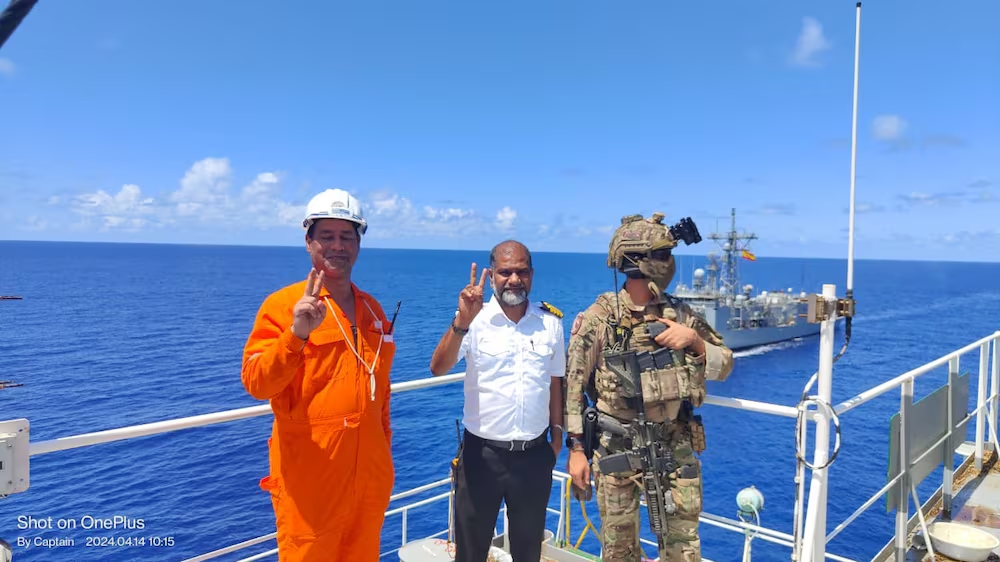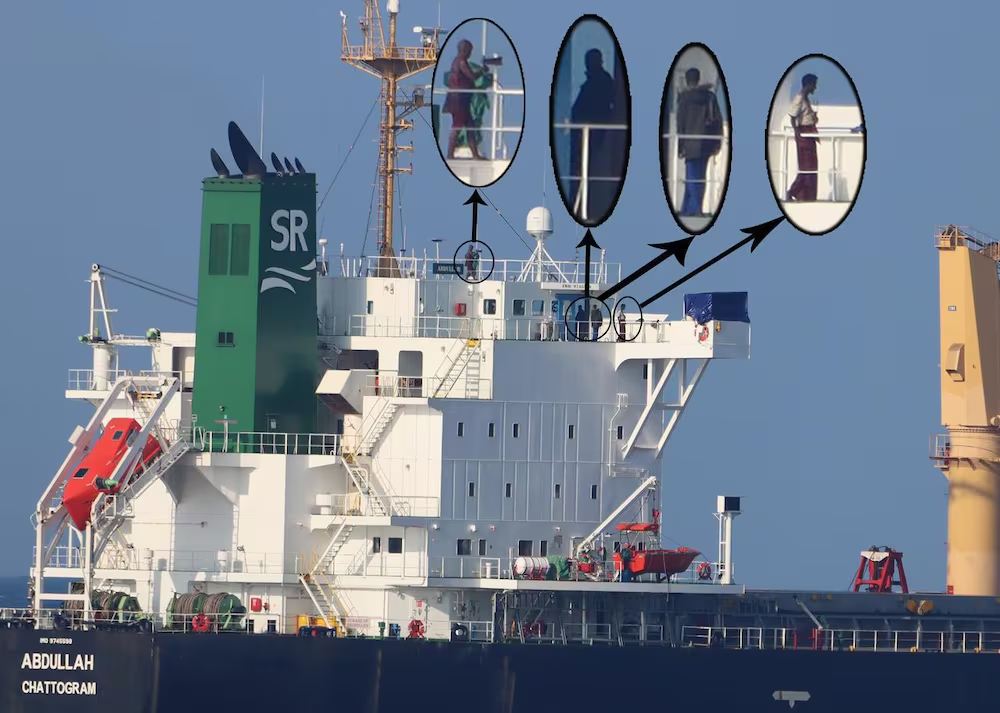WASHINGTON, October 5, 2017—Today, the World Bank launched a comprehensive analysis of the welfare conditions of the Somali population. The High Frequency Survey report says every second Somali is living in poverty, with poor households more likely to be deprived beyond monetary poverty as well, and less likely to participate in the labor market.
The rate of poverty, defined as expenditure for consumption lower than the international poverty line of $1.90 a day, varies considerably across different pockets of the population, ranging in different areas from 26% to 70%.
“Improving active labor market participation, in particular among women, will be important to sustain economic development,” said Bella Bird, World Bank Country Director for Tanzania, Malawi, Burundi and Somalia. “Access to, and availability of, education must improve to reduce inequality and poverty.”.
The Somali population is slowly recovering from its worst drought in decades. About 6.7 million people have needed humanitarian assistance and support for recovery in the first half of 2017.
“The Somali Poverty Profile aims to provide development actors, including the government, with critical data to inform their resilience efforts, and to inform policies and programs to reduce poverty,” said Utz Pape, Economist in the Poverty Global Practice and lead-author of the report.
The report portrays the poor and their livelihoods, with a focus on social protection and remittances before the onset of the crisis. A second wave or phase of the Somali High Frequency Survey is planned for the end of 2017 with its expanded coverage to include the nomadic population. This will offer another snapshot of the impact of the 2017 crisis on livelihoods, as well as looking at poverty dynamics over time.
The Somali Poverty Profile covers 4.9 million people, a sizeable percentage of the country’s total population. The role of remittances, analyzed in the poverty profile, concludes:
- Remittances make important contributions to welfare, with 1 in 5 Somali households receiving them. Recipients depend heavily on these transfers, their absence a major risk for falling into poverty;
- Recipients are less poor, experience hunger less often, and have better educational outcomes;
- Households of internally displaced persons (IDPs) are mostly excluded from the benefits of remittances, with IDP recipients of remittances no less poor than non-recipients
- The effect of remittances on labor market behavior is negligible.
The High Frequency Survey is a part of the Multi Partner Fund’s (MPF) Knowledge Fund, which aims to fill critical gaps in statistics and knowledge to inform development planning and investment aligned with the National Development Plan. Other knowledge products include the Somalia Economic Update.
SOURCE:WORLDBANK




























